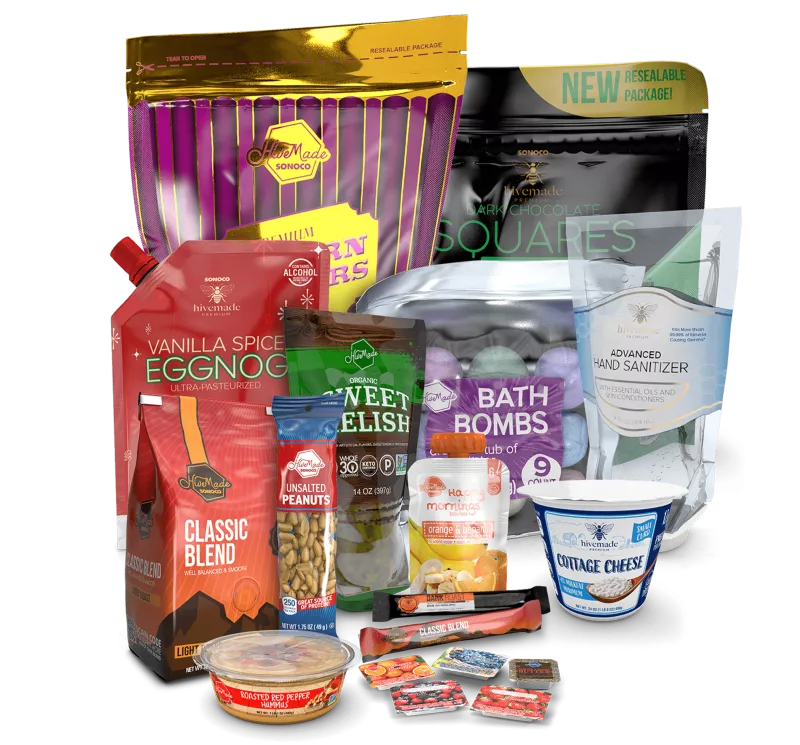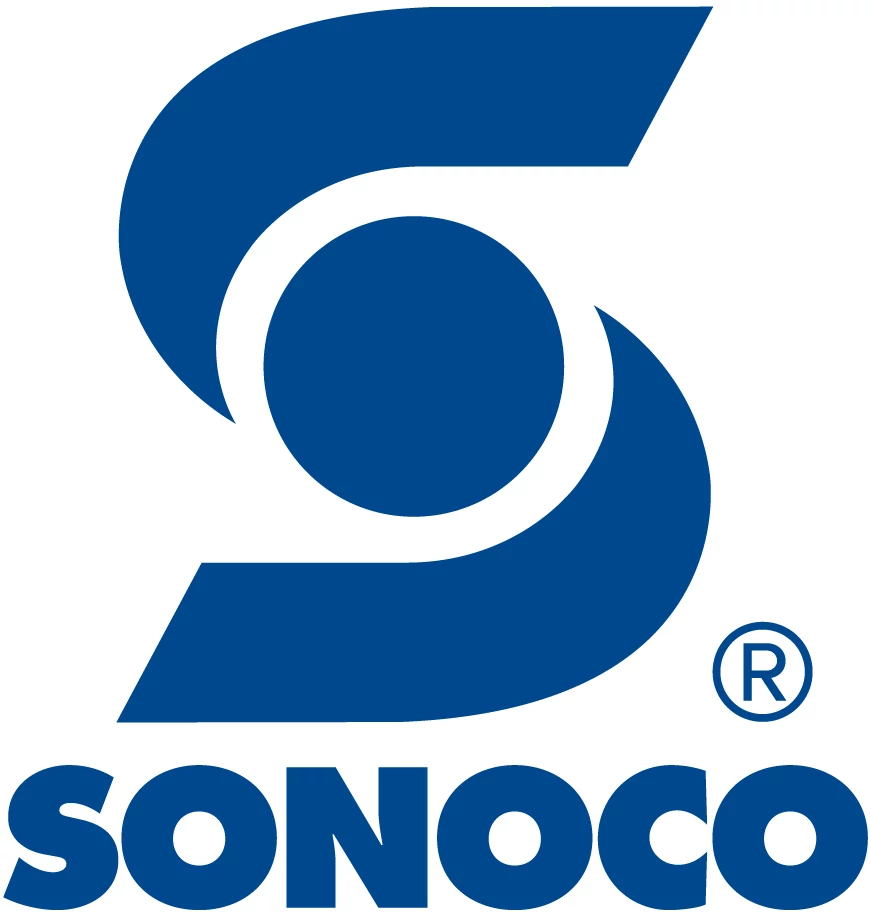Flexible Packaging
Optimize your product-to-package ratio with lightweight, efficient flexibles.
Sonoco offers innovation and expertise across an expansive range of flexible packaging materials including rollstock, pouches, and lid film, complemented by our industry-leading capabilities in design, printing, and technical service, as well as trial and start-up support.
The Sonoco Advantage
Material Expertise
Some of the world’s most beloved food and beverage brands turn to Sonoco for innovation in flexible packaging. We work hard to earn that trust by offering a variety of material structures as well as expertise in lamination, coating, printing, and finishing techniques that can make any package look as good as it performs.
Operational Know-How
We understand consumer goods packaging, especially the operational considerations that can make or break a new design. That’s why in addition to the work of bringing material innovations forward, we work just as hard to ensure machine compatibility, acknowledge existing equipment assets, and make sure the portfolio we present is commercially available.
Sustainability
Looking for a product aligned with your company's sustainability mission? Choose EnviroFlex® packaging solutions, an entire line devoted to recyclability and use of recycled content.
No packaging company understands sustainability like we do. In addition to products, Sonoco recycling centers collect nearly 3 million tons of paper, plastic, metal and other materials annually. So, our commitment to sustainability extends beyond reporting or sharing knowledge - it's our business.

Flexible Packaging Products
Flexibles Insights
Connect with Sonoco
Learn more about our flexible packaging options. We're eager to discuss how we can help you meet your customers' needs and your business goals.




